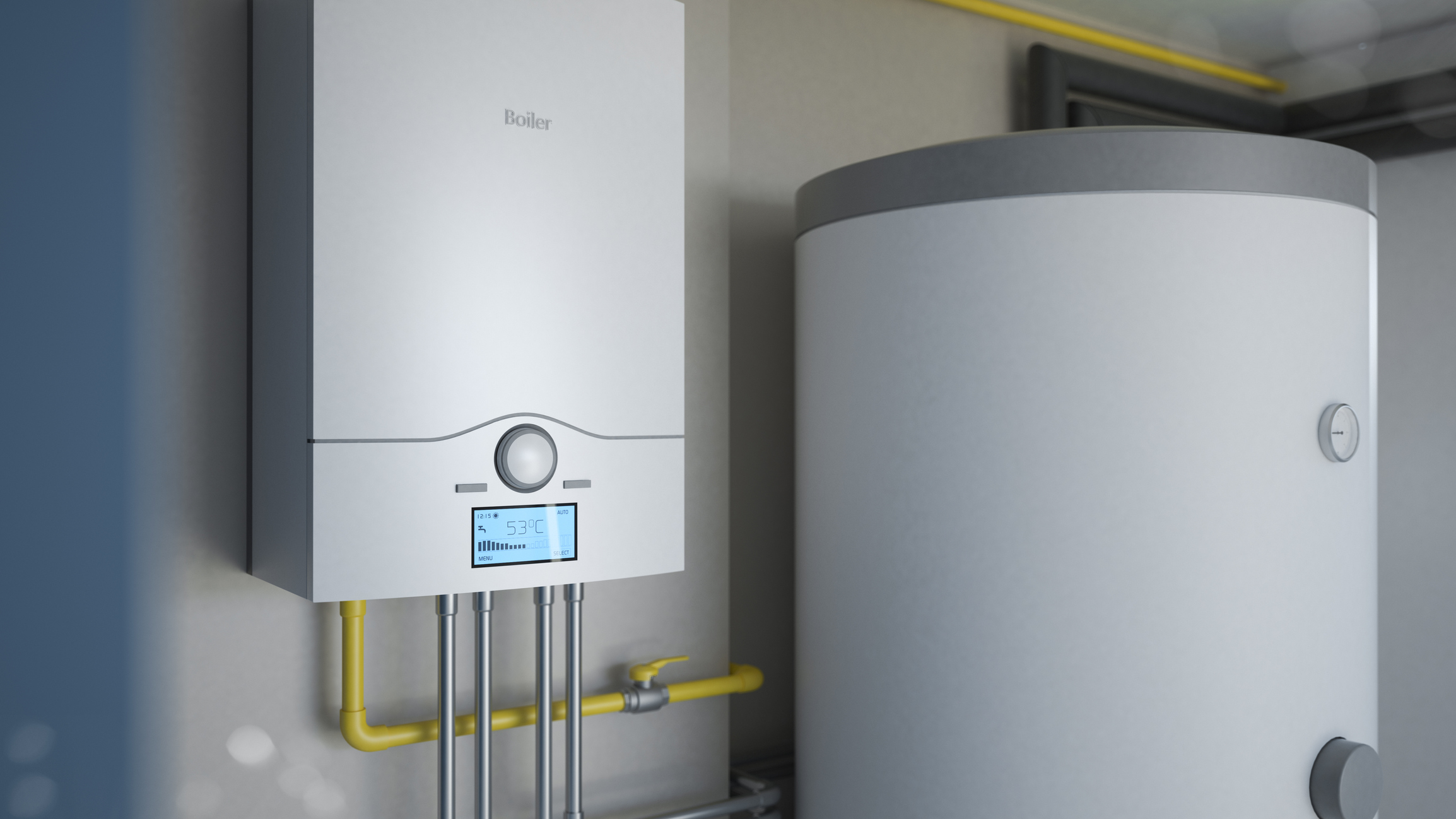Ensuring Longevity of Your Home's Hot Water System: Maintenance TipsHow to Care for Your Home's Hot Water System Properly
Ensuring Longevity of Your Home's Hot Water System: Maintenance TipsHow to Care for Your Home's Hot Water System Properly
Blog Article
The article author is making a few good pointers related to Water Heater Maintenance Tips You Can't Afford to Forget overall in this great article which follows.

Warm water is essential for everyday convenience, whether it's for a refreshing shower or cleaning recipes. To ensure your warm water system runs efficiently and lasts longer, normal maintenance is essential. This write-up provides sensible tips and understandings on just how to maintain your home's hot water system to stay clear of disruptions and costly repair work.
Intro
Keeping your home's hot water system may appear overwhelming, yet with a few easy actions, you can guarantee it operates smoothly for many years ahead. This overview covers every little thing from understanding your warm water system to DIY maintenance suggestions and understanding when to employ specialist aid.
Value of Preserving Your Hot Water System
Routine upkeep not just expands the lifespan of your hot water system however likewise ensures it runs successfully. Overlooking upkeep can lead to decreased effectiveness, greater power bills, and even early failing of the system.
Signs Your Hot Water System Requirements Upkeep
Recognizing when your hot water system requires attention can avoid major problems. Watch out for indicators such as irregular water temperature, unusual sounds from the heating system, or rusty water.
Recognizing Your Hot Water System
Before diving into maintenance jobs, it's handy to understand the basic components of your hot water system. Typically, this includes the water heater itself, pipelines, anode poles, and temperature controls.
Monthly Upkeep Tasks
Routine regular monthly checks can help catch minor problems before they escalate.
Flushing the Water Heater
Purging your hot water heater gets rid of debris build-up, improving efficiency and extending its life.
Checking and Replacing Anode Rods
Anode rods stop rust inside the storage tank. Checking and replacing them when worn is vital.
Examining and Adjusting Temperature Level Settings
Adjusting the temperature level settings ensures ideal performance and safety and security.
Do It Yourself Tips for Maintenance
You can perform numerous upkeep tasks on your own to maintain your hot water system in top problem.
Checking for Leaks
Consistently examine pipes and links for leaks, as these can lead to water damages and higher bills.
Examining Stress Relief Valves
Evaluating the pressure safety valve ensures it operates properly and avoids extreme pressure build-up.
Protecting Pipelines
Protecting hot water pipelines decreases warmth loss and can save power.
When to Call an Expert
While DIY upkeep is advantageous, some concerns need specialist competence.
Complex Concerns Requiring Specialist Help
Instances include significant leaks, electric issues, or if your water heater is constantly underperforming.
Regular Professional Upkeep Benefits
Expert upkeep can include detailed evaluations, tune-ups, and making certain conformity with security criteria.
Conclusion
Routine upkeep of your home's hot water system is crucial for performance, longevity, and expense savings. By complying with these ideas and knowing when to seek specialist help, you can guarantee a trusted supply of warm water without unexpected interruptions.
How to Maintain an Instant Hot Water Heater
Before tinkering with your hot water heater, make sure that it’s not powered on. You also have to turn off the main circuit breaker and shut off the main gas line to prevent accidents. Also turn off the water valves connected to your unit to prevent water from flowing into and out of the appliance. 2. When you’re done, you have to detach the purge valves’ caps. These look like the letter “T” and are situated on either side of the water valves. Doing so will release any pressure that has accumulated inside the valves while at the same time avoid hot water from shooting out and burning your skin. 3. When the purge valves’ caps are removed, you have to connect your hosing lines to the valves. Your unit should have come with three hoses but if it didn’t, you can purchase these things from any hardware or home repair shops. You can also get them from retail stores that sell water heating systems. Read the user’s manual and follow it to complete this task properly. When the hosing lines are connected, open the purge port’s valves. 4. You should never use harsh chemical cleaners or solutions when cleaning your unit. Make use of white vinegar instead. It should be undiluted and you’ll probably use about 2 gallons. 5. Now flush your water heater. This task should probably take about 40 minutes. We can’t give you specific directions for this because the procedure is carried out depending on the type, model and brand of your heater. With that being said, refer to the user’s manual. 6. When you’re done draining the unit, you have to turn off the purge port valves again. Remove the hosing lines that you earlier installed on each of the water valves. Put the valve caps (purge port) back in their respective places and be very careful so as not to damage the rubber discs that are found inside these caps. 7. Now that everything’s back in place, check your user’s manual again to find out how to reactivate your water heating system. 8. Once it is working, turn one of your hot water faucets on just to let air pass through the heater’s water supply pipes. Leave the tap on until water flows smoothly out of it. https://www.orrplumbing.com/blog/2014/september/how-to-maintain-an-instant-hot-water-heater/

Hopefully you liked our topic about Tips on Maintaining a Water Heater. Thanks a lot for finding the time to browse our blog. For those who appreciated our page plz do not forget to pass it around. Thank you so much for going through it.
Free Estimates Report this page